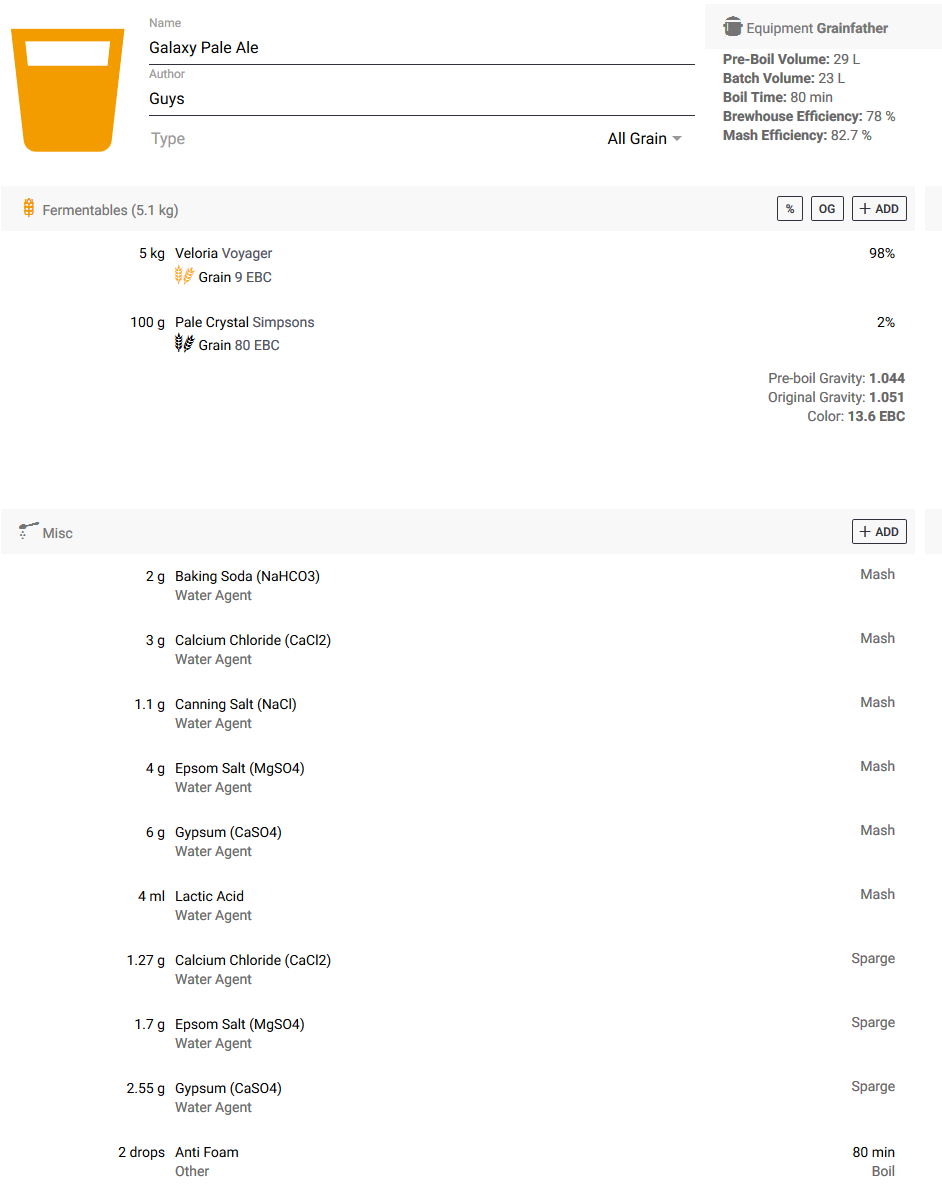While reading Capital in the 21st Century I was thinking. A century ago, the means of production was considered the most important economic asset – you could make things in factories and sell them in high volumes to earn a high return on investment. Two centuries ago it was agricultural land (and slaves in the USA) that earned the most money because food was in demand. Now it is human capital because of the predominance of service based income. It seems likely that growth on the order of 3-5%, as it has been for the past 30 years, will be unsustainable because of resource limitations. But which kind of resource is likely to be the limiter? What will the future look like?
Note:published with sections incomplete Sept 29 2014
Continue Reading →







